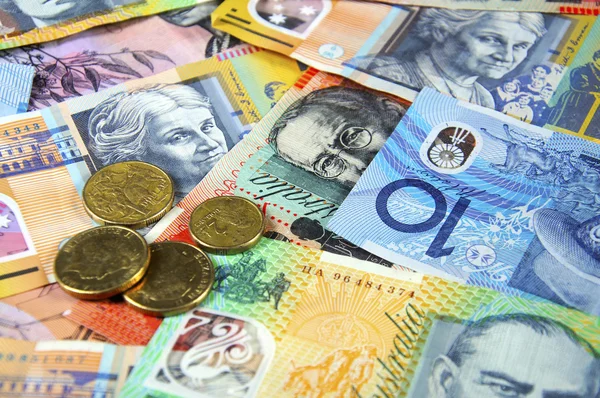Australian dollar edged higher on Monday thanks to favorable market mood.
The Australian Dollar (AUD) rose for the third day in a row on Monday as the minimum wage in Australia climbed by 3.75%, matching market expectations of 3.5% to 4.0%. The AUDUSD rose after the US Personal Consumption Expenditure (PCE) data, the Federal Reserve’s favored measure of inflation, revealed that price pressures eased in April. Furthermore, Australia’s monthly inflation rate has risen to 3.6%, increasing The possibility that the Reserve Bank of Australia (RBA) will need to hike interest rates again.
The Australian Dollar also benefited from China’s Caixin Manufacturing Purchasing Managers Index (PMI), which rose beyond expectations in May. However, lower-than-expected NBS PMI data from China on Friday dampened import demand in Australia, a major commodity producer. Given Australia and China’s tight trading ties, changes in the Chinese economy can have a considerable impact on the Australian market.
The US dollar fell on the announcement of the Fed’s preferred US PCE, indicating that price pressures eased in April.
The US Dollar (USD) continues to fall due to a drop in US Treasury yields. Last week, Federal Reserve (Fed) officials said that the central bank may meet its 2% annual inflation objective without raising interest rates. Investors are expected to closely scrutinize the ISM The prior measurement of 51.2 fell short of the expected 51.5.
Daily Market Movers:Australian Dollar (AUD) rose for the third day in a row.
On Friday, the US PCE Index climbed 0.3% month on month and 2.7% year on year in April, meeting expectations. The Core PCE, excluding volatile food and energy, rose 0.2% MoM in April, falling short of the predicted 0.3% increase. On an annual basis, the index rose 2.8%, as projected.
Atlanta Fed President Raphael Bostic told Fox Business on Thursday that he does not believe additional rate hikes are needed to meet the Fed’s 2% annual inflation target. Furthermore, New York Fed President John Williams indicated that inflation is too high but should drop in the second half of 2024. Williams does not see the need to move on monetary policy.
According to According to Bloomberg, RBA Assistant Governor Sarah Hunter stated at a conference in Sydney on Thursday that “inflationary pressures” remain the key issue. “We’re very mindful of that.” Hunter also noted that the RBA Board is concerned about inflation continuing beyond the target range of 1% to 3%, implying that inflationary pressures will endure. Wage growth appears to be nearing its pinnacle.









